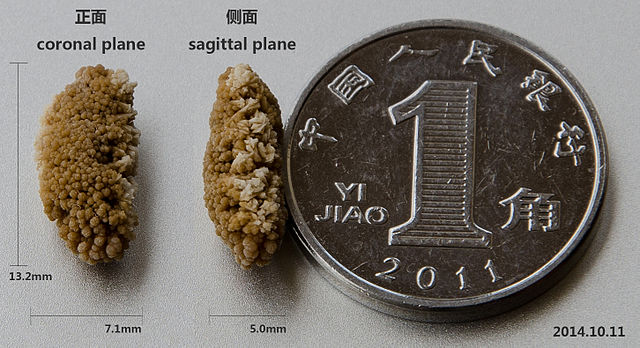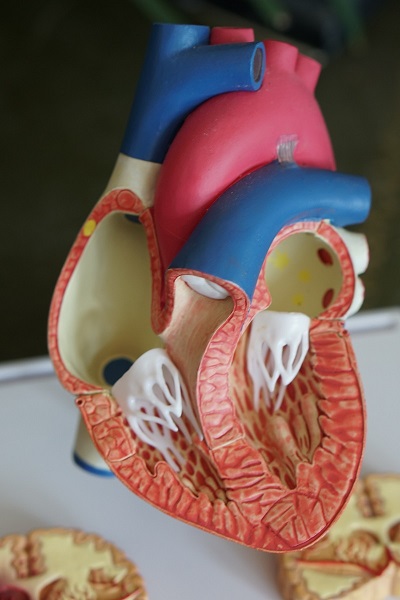In this article, we will be discussing kidney stones and urinary tract disorders. At the same time we will also discuss the various types of stones that are generally formed inside the kidneys that can potentially lead to the obstruction of the passage for urine and other related concerns.
Table of Contents
Types of kidney stones
Speaking in medical terms, kidney stones lead to a condition known as nephrolithiasis. This condition creates various types of stones inside the kidney. Calcium salts, uric acid, cystine and struvite are the various forms of stones in the Kidney. The calcium salt stones can be either calcium oxalate or calcium phosphate type. The struvite stones are mainly a combination of magnesium salt, ammonium salt and phosphate. Some of the other types of kidney stones are the hydoxyapatite, amorphous and brushite stones.
Calcium salt stones
As a common observation that men generally have a higher percentage of calcium salt stones compared to women. Most affected men have a single calcium stones. But in some rare cases, more than one stone are present. Calcium oxalate stones usually grow as biconcave ovals. Since the calcium oxalate crystals are usually of dumbbell shape, they are known as dumbbell-shape stones.

Uric acid stones
The uric acid stones are radiolucent in mature and shine when subjected to radio waves. These stones are also commonly formed in men. Those suffering from uric acid stones are also likely to have gout or develop rheumatic arthritis. The uric acid stones are reddish-orange in colour as they contain a pigment called urecine. They are generally pebble or teardrop in shape. Some may appear like flat plates and some as red colour dust.
Cystine stones
The cystine stones are lemon yellow in colour. They get this colour because they contain a lot of Sulphur.
Struvite stones
Compared to the other stones, struvite stones are quite harmful in nature. These stones mainly occur in women and may be caused due to chronic infection or urinary tract infection involving the proteus bacteria. They can grow quite large in size and generally fill up the entire pelvic area of the kidneys. That is why they have a staghorn kind of appearance.
Disorders associated with kidney stones
- Amongst the various disorders that associate with kidney stones are the staghorn calculi. The entire pelvis area and the calyces of the kidneys fill up with stone formation.
- Nephrocalcinosis is a disorder, in which too much calcium get deeper into the kidneys. These deposits then break loose and result in abdominal pain.
- Sludge formation is another kind of disorder, in which there is an accumulation of uric acid or cystine, but not the formation of stone. The accumulation then starts blocking the urinary tract and brings in infection. In such cases, the urine sometimes turns reddish or milky white in colour.
- Kidney stones may also lead to urinary tract infection because of accumulation of viruses or bacteria in the sludge or the stones.
- Movement of the stones inside the kidneys can at times lead to scratches and internal injuries.











